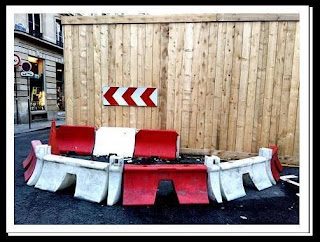Controlling traffic speed in private localities and commercial parking lot is a challenge. Today, to overcome this challenge installation of speed bumps and humps is done in such localities to control speed. These road barriers are a good way to reduce the speed of vehicular traffic to an appropriate level. Also, signage are a classic way to aware the driver visually about the surroundings like walking public etc.
Road barriers manufacturers are always coming up with new technology to help reduce speed. Two barrier options commonly used to control traffic speed are a Speed Hump and a Speed Bump.
Let’s see what the difference between these two options.
Speed Bump
A Speed Bump is a single road barrier piece fixed directly on the road. A Speed Bump helps to slow the traffic up to 5 miles per hour. Its installation is done by fixing a single piece attached directly to the road in accord with the contour of the road’s surface.
Speed Hump
A Speed Hump is more moderate than the Speed Bump. A Speed Hump is made of three parts i.e. the core and, additionally, male and female end caps. It is designed in such a way that it gives a smoother transition. The female and male end caps are installed on the front and back of the hump. It helps to reduce the speed of vehicles up to 15 or 20 miles per hour. Thus, emergency vehicles do not get drastically impaired as compared to impairment caused due to speed bump.
Signage
Although speed humps and speed bumps are quite useful in reducing the speed of vehicles, but signage can never get old as they are an effective visual indication. For example, it helps to demarcate the areas of walking or cycling public and protect them from speeding vehicles.
Drive safe and make the roads safer with sane driving habits.

